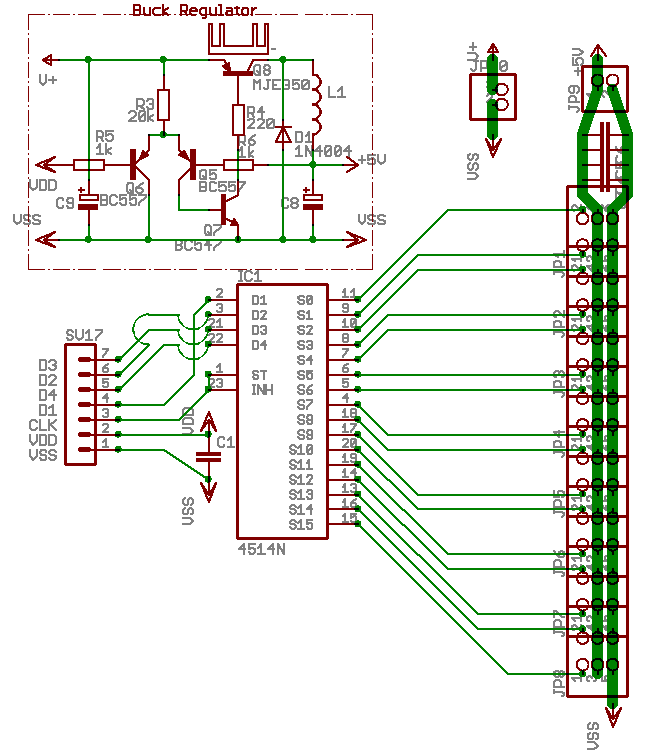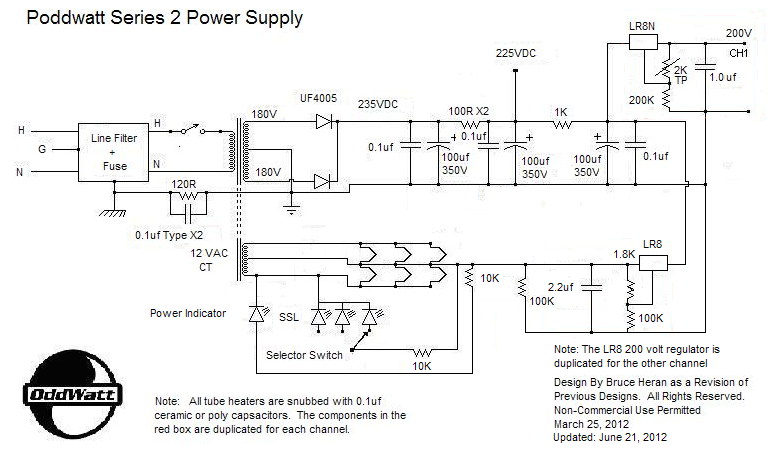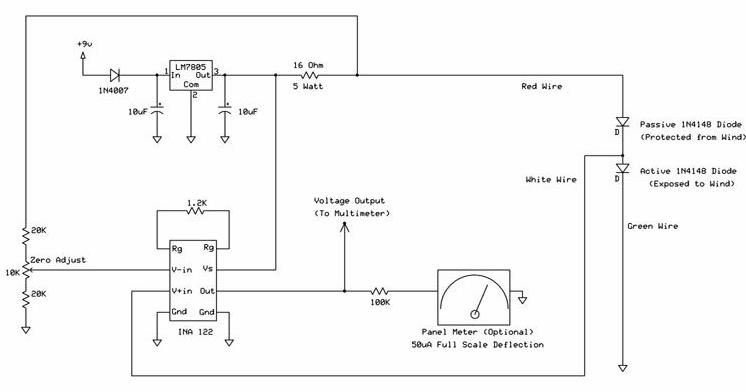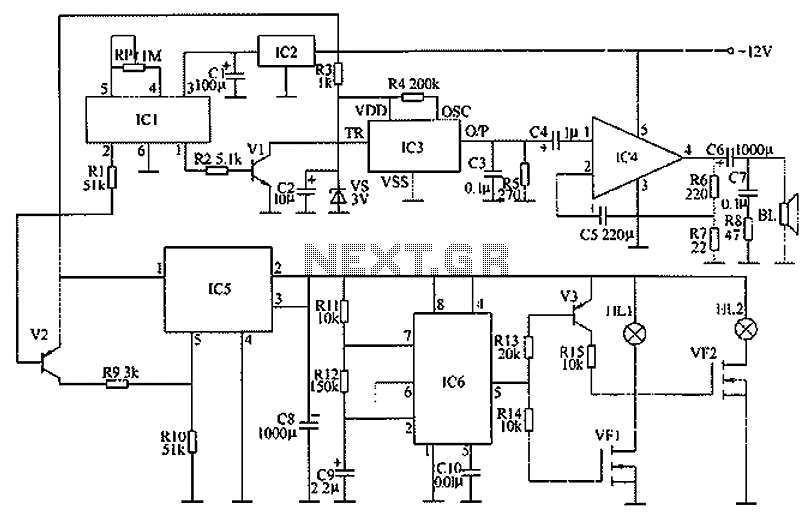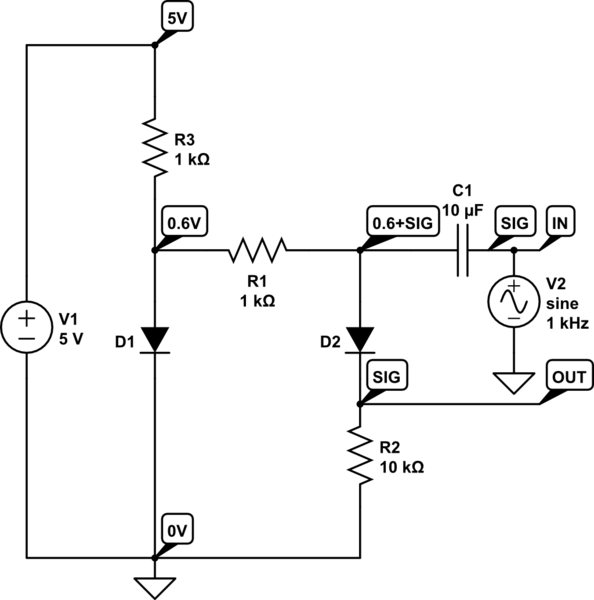
The EF50 the tube that helped to win the War
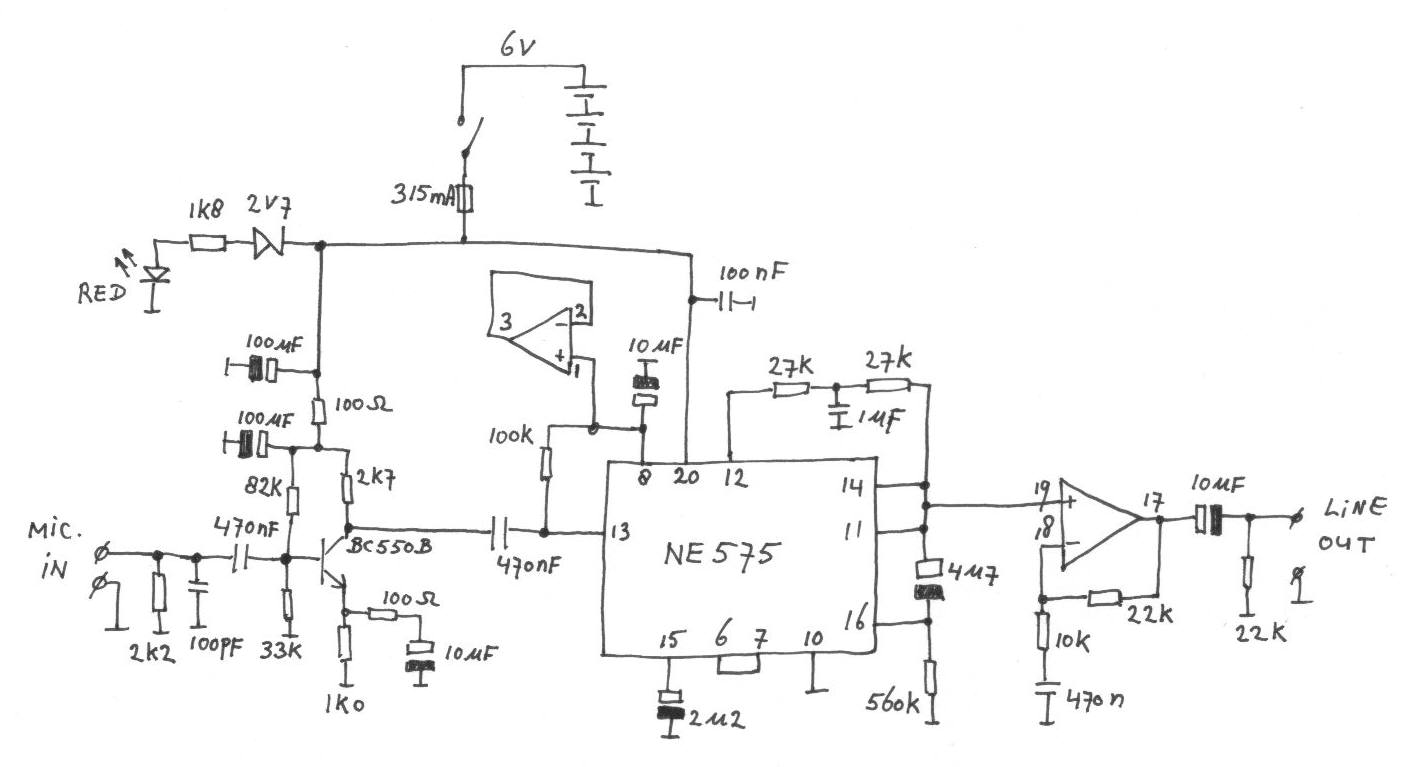
The history of a pioneering tube developed by Philips Research, which, alongside the magnetron, was one of the most significant tubes during World War II. On the evening of May 9, 1940, the radio valve factory of Philips in Eindhoven experienced unusual tension and activity. The Germans had amassed a large armed force near the Dutch-German border, and the people of Holland sensed that an invasion was imminent. This threat created an almost surreal atmosphere on that pleasant spring evening. For the past two months, the factory had been working tirelessly to produce a vast quantity of radio valve components for an undisclosed customer with an unknown application. Special machines for manufacturing these components were hastily assembled, and that evening, a truck loaded with these components and machines departed for the Dutch coast, bound for England. When the truck left the Philips plant, no one anticipated that hours later, at 5:30, the Germans would indeed invade Holland. The workers who waved goodbye to the truck could not have imagined that it was carrying components crucial to their liberation five years later. Miraculously, the truck reached England despite the ferry being attacked by German aircraft. These dramatic events marked the beginning of a radio tube that would not only play a vital role in the war's outcome but also become the precursor to all modern all-glass radio tubes. The EF50 RF penthode represents a significant milestone in the history of radio tubes. Prior to the EF50, all radio tubes were manufactured using technology derived from light bulb production. In contrast, the EF50 featured a base made from pressed glass, allowing Philips designers to merge superior performance with low-cost, high-volume production technology in a single tube. Numerous accounts of the EF50's history exist in literature and online. This page aims to compile this information and reference the original sources as much as possible. It seeks to outline the context of the tube's development and includes accounts of the history of radar and companies like Pye, Mullard, and Philips as they relate to the EF50. Unique Philips sources provide special attention to the novel fabrication technologies employed for the EF50. Lastly, the narrative endeavors to highlight the individuals behind the technology. Edward George Taffy Bowen, born on January 14, 1911, in Cockett near Swansea, Wales, was highly intelligent and secured a good education through scholarships. From a young age, he developed a strong interest in radio and cricket. He studied physics at Swansea University College, graduating with First-Class Honors in 1930, and completed his doctorate under Professor E. V. Appleton at King's College London. In 1926, Appleton had demonstrated the existence of the first ionospheric layer (now known as the E-layer) through the reflection of radio waves. In 1947, Appleton received the Nobel Prize for his contributions to ionospheric research. As part of his research, Bowen spent a significant amount of time at the Radio Research Station in Slough during 1933 and 1934. In early 1935, he applied for a job at the Radio Research Station, where he had a relaxed interview with Watson-Watt, the superintendent, whom he already knew from his PhD work. He was subsequently offered the position.
The EF50 RF penthode was a groundbreaking development in the realm of radio technology, marking a shift from traditional manufacturing techniques to more advanced methods that were essential during the wartime era. The design of the EF50 incorporated a pressed glass base, which not only enhanced performance but also streamlined production processes. This innovation allowed for mass production, significantly reducing costs while improving reliability and efficiency in radio communications.
The tube's significance extended beyond its immediate wartime applications; it laid the foundation for the development of subsequent generations of radio tubes, influencing the design and manufacturing processes of modern electronics. The EF50's design principles have been echoed in various electronic components, showcasing its lasting impact on the industry.
The historical context surrounding the EF50 is intricately tied to the geopolitical climate of the time. The urgency in production and the clandestine nature of its intended use reflect the broader challenges faced by engineers and manufacturers during World War II. The collaboration between engineers, scientists, and military personnel was crucial in ensuring that the technology developed was not only innovative but also strategically beneficial.
Furthermore, the contributions of individuals like Edward George Taffy Bowen exemplify the human element behind technological advancements. Bowen's educational background and his work at the Radio Research Station played a pivotal role in shaping the future of radio technology. His collaboration with other notable figures in the field contributed to the successful development of the EF50 and similar technologies.
In summary, the EF50 RF penthode is not merely a component of electronic history; it represents a confluence of innovation, necessity, and human ingenuity that has shaped the landscape of modern electronics. Its legacy continues to influence the design and functionality of radio and communication technologies today, underscoring the importance of historical advancements in shaping contemporary engineering practices.The history of a pioneering tube that was developed by Philips Research and that was, next to the magnetron, The most important tube from World War II The radio valve factory of Philips in Eindhoven was the scene of unusual tension and activity in the evening of the 9th of May 1940. The Germans had been building up an enormous armed force near the Dutch-German border, and the people in Holland realized that it was only a matter of time before the Germans would invade their country. This threat was in itself enough to give the nice spring evening an almost unreal and un-earthy atmosphere.
On top of that, for the past two months the factory had been working frantically to produce an enormous amount of radio valve components for an unknown customer with an unknown application. Duplicates of special machines to make these components had been hurriedly put together and all these components and machines were now loaded into a truck that that same evening left for the Dutch coast with England as destination.
When the truck left the gate of the Philips plant nobody knew that hours later, at 5:30 the Germans would indeed invade Holland. Certainly nobody of those workers, who as the sun set waved the truck good-by, could have imagined that that truck was actually carrying components which were vital to their liberation five years later!
As by miracle the truck made it to England although the ferry which carried it was bombarded by German airplanes. These dramatic events marked the start of the life of a radio tube that, not only would play an important role in the outcome of the upcoming war, but that also would be the mother of all modern all-glass radio tubes.
The EF50 RF penthode constitutes a landmark in the history of the radio tube. Before the EF50, all radio tubes were fabricated using technology which was directly derived from the technology for making light bulbs. The EF50 in contrast had, like all modern radio tubes, a base made from pressed glass. This enabled the designers at Philips to combine superior performance with a low-cost high volume production technology in a single tube.
Several accounts of the history of the EF50 have been given, both in literature as well as on the Web [1]. On this page I have tried to gather all this information, and to go as much as possible directly to the sources.
I have tried to sketch the context of the development of this tube and included an account of the history of Radar and the history companies like Pye, Mullard and Philips in as far as it is relevant to the story of the EF50. Using unique Philips sources, special attention will be given to the novel fabrication technologies that were used for the EF50.
Finally, and for me personally most interestingly, I have tried as much as possible to reveal the people behind the technology. Edward George Taffy Bowen was born the 14th January 1911 in Cockett near Swansea, Wales [2]. Being highly intelligent, he was able to get a good education by winning scholarships. From a very early age he developed a strong interest in radio (and cricket). He studied physics at Swansea University College and graduated with First-Class Honors degree in 1930.
He completed his doctorate under Professor E. V. Appleton at Kings College London. [3] In 1926 Appleton had proven the existence of the first ionospheric layer (now called the E-layer) by the reflection of radio waves. In 1947 Appleton was to receive the Nobel prize for his contributions to exploring the ionosphere. As part of his research, Bowen spent a large part of 1933 and 1934 at the Radio Research Station at Slough.
In the early months of 1935 an advertisement for a job position at the Radio Research Station was issued and Bowen decided to apply. After a very relaxed interview with Watson-Watt, the superintendant of the institute whom he already knew from his PhD work, he was given the position.
He joined the staff of the Radio Res 🔗 External reference
The EF50 RF penthode was a groundbreaking development in the realm of radio technology, marking a shift from traditional manufacturing techniques to more advanced methods that were essential during the wartime era. The design of the EF50 incorporated a pressed glass base, which not only enhanced performance but also streamlined production processes. This innovation allowed for mass production, significantly reducing costs while improving reliability and efficiency in radio communications.
The tube's significance extended beyond its immediate wartime applications; it laid the foundation for the development of subsequent generations of radio tubes, influencing the design and manufacturing processes of modern electronics. The EF50's design principles have been echoed in various electronic components, showcasing its lasting impact on the industry.
The historical context surrounding the EF50 is intricately tied to the geopolitical climate of the time. The urgency in production and the clandestine nature of its intended use reflect the broader challenges faced by engineers and manufacturers during World War II. The collaboration between engineers, scientists, and military personnel was crucial in ensuring that the technology developed was not only innovative but also strategically beneficial.
Furthermore, the contributions of individuals like Edward George Taffy Bowen exemplify the human element behind technological advancements. Bowen's educational background and his work at the Radio Research Station played a pivotal role in shaping the future of radio technology. His collaboration with other notable figures in the field contributed to the successful development of the EF50 and similar technologies.
In summary, the EF50 RF penthode is not merely a component of electronic history; it represents a confluence of innovation, necessity, and human ingenuity that has shaped the landscape of modern electronics. Its legacy continues to influence the design and functionality of radio and communication technologies today, underscoring the importance of historical advancements in shaping contemporary engineering practices.The history of a pioneering tube that was developed by Philips Research and that was, next to the magnetron, The most important tube from World War II The radio valve factory of Philips in Eindhoven was the scene of unusual tension and activity in the evening of the 9th of May 1940. The Germans had been building up an enormous armed force near the Dutch-German border, and the people in Holland realized that it was only a matter of time before the Germans would invade their country. This threat was in itself enough to give the nice spring evening an almost unreal and un-earthy atmosphere.
On top of that, for the past two months the factory had been working frantically to produce an enormous amount of radio valve components for an unknown customer with an unknown application. Duplicates of special machines to make these components had been hurriedly put together and all these components and machines were now loaded into a truck that that same evening left for the Dutch coast with England as destination.
When the truck left the gate of the Philips plant nobody knew that hours later, at 5:30 the Germans would indeed invade Holland. Certainly nobody of those workers, who as the sun set waved the truck good-by, could have imagined that that truck was actually carrying components which were vital to their liberation five years later!
As by miracle the truck made it to England although the ferry which carried it was bombarded by German airplanes. These dramatic events marked the start of the life of a radio tube that, not only would play an important role in the outcome of the upcoming war, but that also would be the mother of all modern all-glass radio tubes.
The EF50 RF penthode constitutes a landmark in the history of the radio tube. Before the EF50, all radio tubes were fabricated using technology which was directly derived from the technology for making light bulbs. The EF50 in contrast had, like all modern radio tubes, a base made from pressed glass. This enabled the designers at Philips to combine superior performance with a low-cost high volume production technology in a single tube.
Several accounts of the history of the EF50 have been given, both in literature as well as on the Web [1]. On this page I have tried to gather all this information, and to go as much as possible directly to the sources.
I have tried to sketch the context of the development of this tube and included an account of the history of Radar and the history companies like Pye, Mullard and Philips in as far as it is relevant to the story of the EF50. Using unique Philips sources, special attention will be given to the novel fabrication technologies that were used for the EF50.
Finally, and for me personally most interestingly, I have tried as much as possible to reveal the people behind the technology. Edward George Taffy Bowen was born the 14th January 1911 in Cockett near Swansea, Wales [2]. Being highly intelligent, he was able to get a good education by winning scholarships. From a very early age he developed a strong interest in radio (and cricket). He studied physics at Swansea University College and graduated with First-Class Honors degree in 1930.
He completed his doctorate under Professor E. V. Appleton at Kings College London. [3] In 1926 Appleton had proven the existence of the first ionospheric layer (now called the E-layer) by the reflection of radio waves. In 1947 Appleton was to receive the Nobel prize for his contributions to exploring the ionosphere. As part of his research, Bowen spent a large part of 1933 and 1934 at the Radio Research Station at Slough.
In the early months of 1935 an advertisement for a job position at the Radio Research Station was issued and Bowen decided to apply. After a very relaxed interview with Watson-Watt, the superintendant of the institute whom he already knew from his PhD work, he was given the position.
He joined the staff of the Radio Res 🔗 External reference
